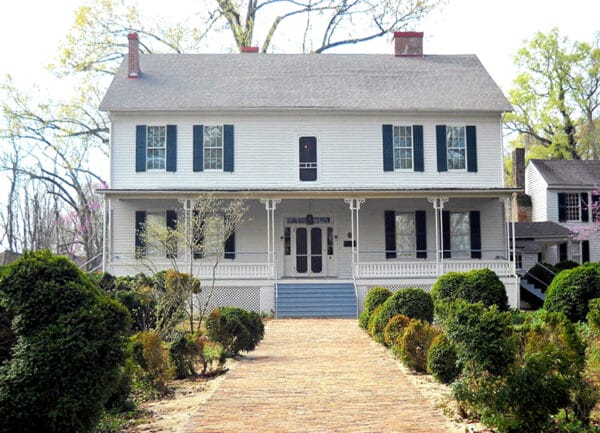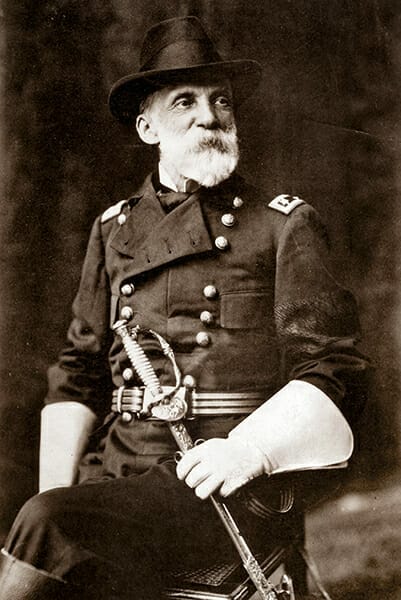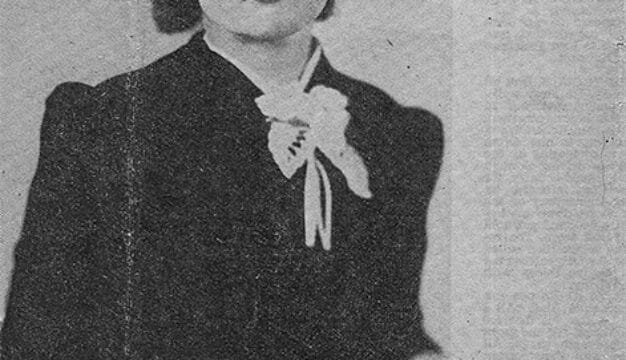Pond Spring
Pond Spring, the Gen. Joe Wheeler Home, is a historic site in Hillsboro, Lawrence County. The 50-acre site includes 12 historic buildings, gardens, and archaeological features dating back some 5,000 years. The main structure on the property was the family home of Wheeler’s wife, Daniella Jones Sherrod, and after her marriage to him, became Wheeler’s residence as well. Wheeler was a Confederate major general, U.S. congressman, and a Spanish-American War general. The site gets its name from the large spring-fed pond located there.
 Pond Spring
Archaeological evidence suggests that Native Americans inhabited the site dating back some 5,000 years. The Alabama Historical Commission (AHC) conducted archaeological tests during master planning and routinely performs excavations before restoration of the historic structures to preserve cultural resources and evidence of the prehistoric and historic occupants at Pond Spring. The first recorded settlers on the land that is now encompassed within the site were planter John P. Hickman and his family, who purchased the land grant in 1818. At that time, Pond Spring consisted of 1,760 acres. The Hickmans brought with them 56 enslaved African Americans to clear the land, plant cotton, and build several log structures.
Pond Spring
Archaeological evidence suggests that Native Americans inhabited the site dating back some 5,000 years. The Alabama Historical Commission (AHC) conducted archaeological tests during master planning and routinely performs excavations before restoration of the historic structures to preserve cultural resources and evidence of the prehistoric and historic occupants at Pond Spring. The first recorded settlers on the land that is now encompassed within the site were planter John P. Hickman and his family, who purchased the land grant in 1818. At that time, Pond Spring consisted of 1,760 acres. The Hickmans brought with them 56 enslaved African Americans to clear the land, plant cotton, and build several log structures.
 Joseph Wheeler
In 1827, Col. Benjamin Sherrod purchased Pond Spring and expanded the larger of two log dogtrot houses into a clapboard-covered Federal-style dwelling. Both the 1818 Hickman cabin and the Sherrod house still stand today. His grandson, Ben, would marry Daniella Jones in 1859, the daughter of nearby plantation owner, Richard Jones. Young Ben Sherrod died in 1861 and left Daniella a widow with two small children, both of whom died prior to 1866. Wheeler came through Alabama during the Civil War in 1863 after the battle of Chattanooga, Tennessee. He and his cavalry troops rested at the Jones’ plantation near Pond Spring after crossing the Tennessee River into Lawrence County. After the Civil War, Wheeler entered into a three-year courtship with Daniella Sherrod, and they married in 1866 and built a home at Pond Spring; they would have seven children together. The remaining members of the Sherrod family had since moved away. The Wheeler’s house, where the family’s collections will be on exhibit, was built during the 1870s and is connected to the original Sherrod house by a covered walkway. Daniella died in 1895, leaving the home to Wheeler, who died in New York City in 1906. Pond Spring remained a large farming operation, with the primary crop being cotton. One of the Wheeler daughters Annie, served as a Red Cross volunteer nurse in three wars and lived in the house until her death in 1955. After her death, a caretaker who worked for the family occupied the site.
Joseph Wheeler
In 1827, Col. Benjamin Sherrod purchased Pond Spring and expanded the larger of two log dogtrot houses into a clapboard-covered Federal-style dwelling. Both the 1818 Hickman cabin and the Sherrod house still stand today. His grandson, Ben, would marry Daniella Jones in 1859, the daughter of nearby plantation owner, Richard Jones. Young Ben Sherrod died in 1861 and left Daniella a widow with two small children, both of whom died prior to 1866. Wheeler came through Alabama during the Civil War in 1863 after the battle of Chattanooga, Tennessee. He and his cavalry troops rested at the Jones’ plantation near Pond Spring after crossing the Tennessee River into Lawrence County. After the Civil War, Wheeler entered into a three-year courtship with Daniella Sherrod, and they married in 1866 and built a home at Pond Spring; they would have seven children together. The remaining members of the Sherrod family had since moved away. The Wheeler’s house, where the family’s collections will be on exhibit, was built during the 1870s and is connected to the original Sherrod house by a covered walkway. Daniella died in 1895, leaving the home to Wheeler, who died in New York City in 1906. Pond Spring remained a large farming operation, with the primary crop being cotton. One of the Wheeler daughters Annie, served as a Red Cross volunteer nurse in three wars and lived in the house until her death in 1955. After her death, a caretaker who worked for the family occupied the site.
Pond Spring was listed on the National Register of Historic Places in 1977. In 1994, Wheeler’s descendants donated Pond Spring to the state of Alabama and the Alabama Historical Commission. The 50-acre site includes the Hickman, Sherrod, and Wheeler houses, eight farm-related outbuildings, three cemeteries (two are family plots and the third contains the remains of African Americans who lived on the site), a small Indian mound, a spring-fed pond, a boxwood garden, and other garden areas. The Wheeler house contains furniture and other artifacts that belonged to Wheeler and his family, including books, military items from the Civil War and the Spanish-American War, antiques, and family portraits.
Three AHC employees work at the site: a site director, a curator, and a groundskeeper. After a major restoration, completed in 2012, the Hickman cabin, ice house, barn, plantation office, and Wheeler house were all opened to the public. Public programming offers content on the prehistory and history of the settlement and inhabitants of Pond Spring, including Native Americans, planters, slaves, settlers, and freed people. Other programming focuses on agriculture, transportation, animal husbandry, the Civil War, Reconstruction, and economic history.



